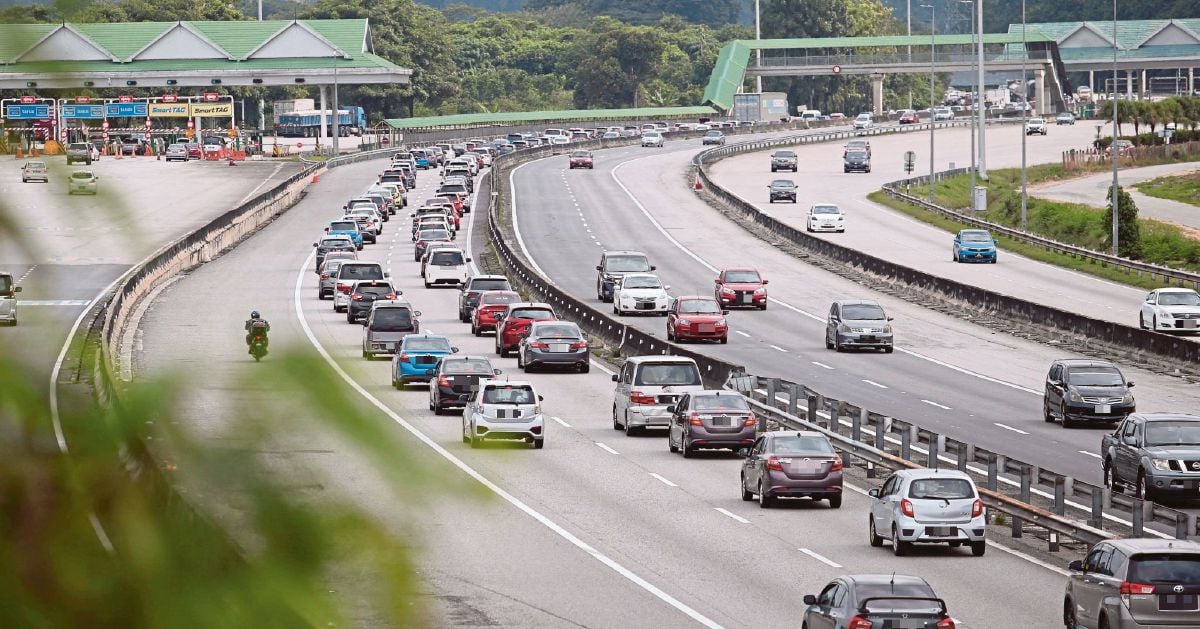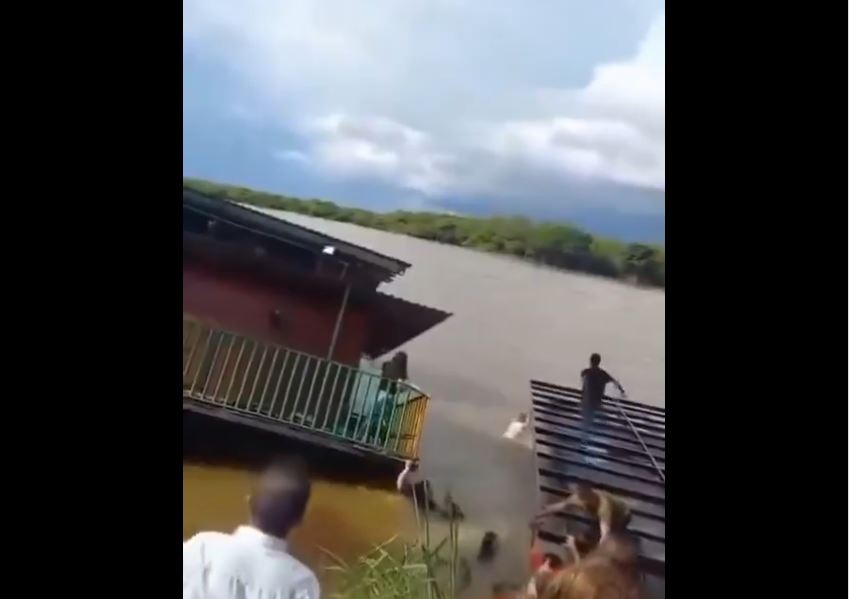AS Malaysians embarked on their annual Hari Raya journey back to their hometowns in early April, the nation witnessed an all-too-familiar scene—heavy congestion on major highways.
Social media platforms were flooded with images and stories of gridlocked traffic, restless children, and long queues at rest stops.
While these stories have become a routine part of festive seasons, they highlight a deeper issue: the increasing inadequacy of our highway infrastructure and traffic management systems to cope with rising vehicle numbers.
According to the Transport Ministry, Malaysia had 36.3 million registered motor vehicles as of Oct 2023.
The Malaysian Automotive Association further reported over 816,000 new vehicle registrations in 2024. This exponential growth has placed immense pressure on our road networks, particularly during peak seasons.
The Malaysian Highway Authority estimated that during the Hari Raya peak period, approximately 2.77 million vehicles used the highway network each day—a staggering number by any measure.
A need for more than just extra lanes
Among the many toll highway operators in Malaysia, PLUS Malaysia Berhad (PLUS) is the largest and one of the most established in Southeast Asia.
It manages the North-South Expressway, ELITE, the Butterworth-Kulim Expressway, and both Penang bridges. It also owns TERAS Teknologi, the developer of the Touch ‘n Go and SmartTAG systems.

Despite its vast experience and high toll revenue, PLUS—and highway operators more broadly—have not introduced many innovative traffic solutions in recent years.
The most visible initiative has been the introduction of “Smart Lanes”, which allow the temporary use of emergency lanes during traffic peaks.
However, the use of the term “Smart Lane” in Malaysia may be misleading. In developed nations, smart lane systems involve sophisticated traffic management technologies—variable speed limits, lane automation, and sensor-driven lane allocation. These systems dynamically adapt in real-time to changing traffic conditions.
Malaysia’s version, by contrast, is rudimentary. It involves opening the emergency lane for limited periods using flashing lights and signage with no smart technology integration.
This often leads to confusion among drivers, bottlenecks when the lane ends, and potential delays for emergency services.
A call for investment in real smart systems
Highway operators need to move beyond short-term solutions and invest meaningfully in physical assets, rapid-response capabilities, and research and development (R&D).
One area that needs immediate attention is incident management. Congestion is frequently caused by delays in clearing accidents or breakdowns.
Setting up rapid-response teams equipped with motorcycles and emergency equipment can significantly reduce recovery time.
Additionally, intelligent transport systems (ITS), artificial intelligence (AI), and Internet of Things (IoT) applications should be adopted more widely.
With the right infrastructure, it is possible to monitor traffic patterns, detect incidents instantly, and manage lane usage in real-time. Such systems are already in use in many developed nations.
Highway operators should also work closely with local research institutions and universities to develop and implement smart traffic solutions tailored to Malaysian conditions.
Rethinking rest areas

Another aspect often overlooked is the condition of rest and service areas (R&Rs). During peak travel seasons, these facilities are overwhelmed. Long queues at restrooms, insufficient parking, and limited food options frustrate users.
More temporary or mobile toilets should be made available during festivals, and facilities must be maintained to high standards to ensure a pleasant travel experience.
Toward seamless highway travel
Ultimately, the future of highway travel in Malaysia must rest on a more holistic, user-centred approach. It is no longer sufficient to rely on toll collections and physical expansions of the road network.
Operators must embrace innovation and technology. With the right investment in infrastructure, data analytics, and human capital, it is possible to ease congestion, improve safety, and offer road users a significantly more comfortable and efficient travel experience.
Highway operators have a responsibility—and an opportunity—to make that vision a reality. ‒ June 4, 2025
Omar Yaakob is an Adjunct Professor at the Faculty of Mechanical Engineering, Universiti Teknologi Malaysia.
The views expressed are solely of the author and do not necessarily reflect those of Focus Malaysia.
Main image: NST









